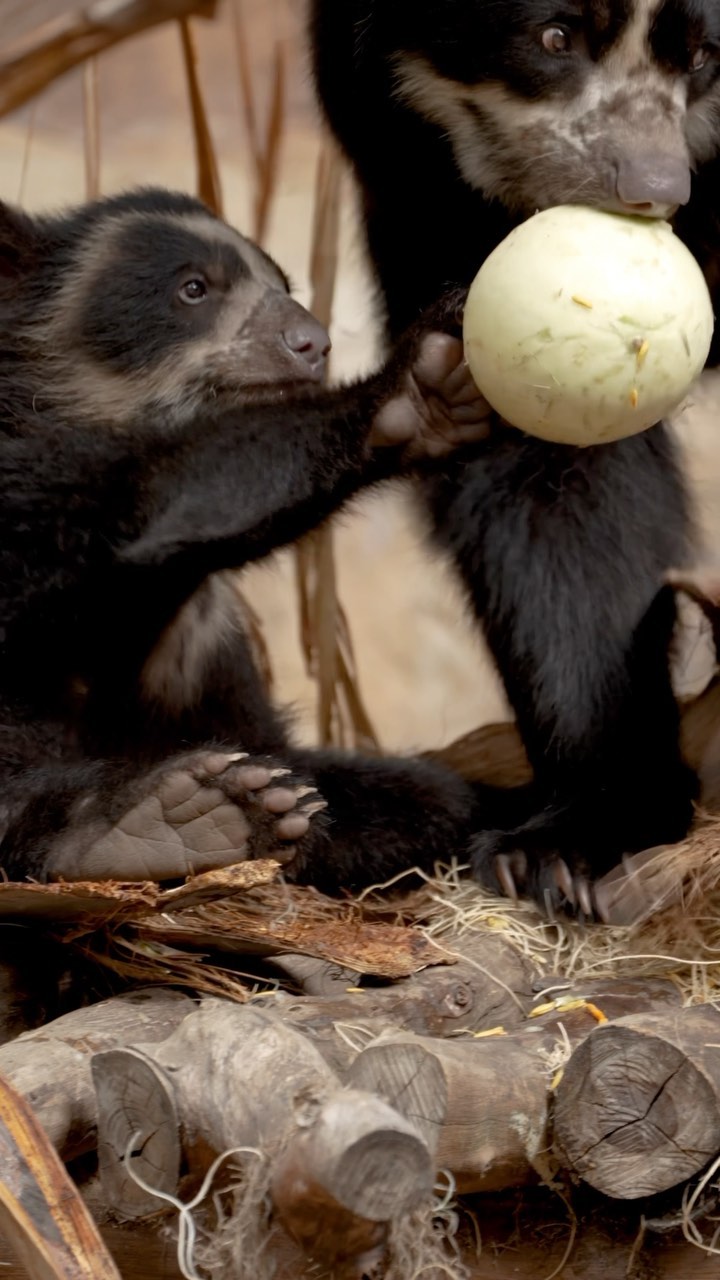Summary:
– The social dynamics of bears
– The impressive size and strength of bears
– Bears’ solitary nature and territorial behavior
– Bears’ dietary preferences and interesting feeding habits
– The importance of conserving bear populations in the wild
Being the big bear means never needing to share…
Bears are some of the most fascinating creatures in the animal kingdom. From their social dynamics to their impressive size and strength, there is much to discover about these magnificent animals. Join me on a journey into the world of bears as we uncover their unique and fascinating aspects.
1. The social dynamics of bears:
While bears may seem solitary, they have a complex social structure. Some species, like the brown bear, exhibit a hierarchical system, with dominant individuals maintaining territories and mating privileges. These social interactions are critical for their survival and crucial to their reproductive success.
2. The impressive size and strength of bears:
One cannot talk about bears without acknowledging their sheer size and strength. The grizzly bear, for example, can reach heights up to 8 feet when standing on its hind legs and weighs over 1,500 pounds! Their bone structure and powerful muscles enable them to be formidable predators, capable of taking down prey much larger than themselves.
3. Bears’ solitary nature and territorial behavior:
Contrary to their social behavior, bears tend to be solitary creatures. They mark their territories through various means, including leaving behind scent markings, clawing trees, and rubbing against objects. This behavior helps them establish dominance and avoid unnecessary conflicts with other bears.
4. Bears’ dietary preferences and interesting feeding habits:
Bears are opportunistic feeders, and their diet varies depending on their habitat and the season. While many people associate bears with a diet of fish and berries, they are also known to prey on larger mammals, scavenge on carcasses, and even consume vegetation. Some species, like the polar bear, are adapted to a predominantly carnivorous diet, while others, like the panda, rely almost entirely on bamboo.
Interestingly, bears have some unique feeding habits. For example, they can gain weight quickly before hibernation, allowing them to survive throughout the winter without eating. They also have a keen sense of smell, enabling them to detect food from miles away.
5. The importance of conserving bear populations in the wild:
As human activities continue encroaching upon natural habitats, the conservation of bear populations becomes increasingly crucial. Bears are essential in maintaining healthy ecosystems, such as seed dispersal and nutrient cycling. Additionally, they provide valuable opportunities for ecotourism, contributing to local economies.
By protecting bears and their habitats, we ensure the survival of these remarkable creatures and safeguard the balance of nature itself.
In conclusion, bears are truly remarkable animals with various unique and fascinating aspects. From their social dynamics to their impressive size and strength, they captivate our imaginations. As we strive to conserve their populations and understand their behavior better, let us appreciate their intrinsic value as symbols of wilderness and the wild beauty of our planet. So, the next time you encounter a bear, remember being the big bear means never needing to share… 🍈
*****
Source Description
Being the big bear means never needing to share 🍈


